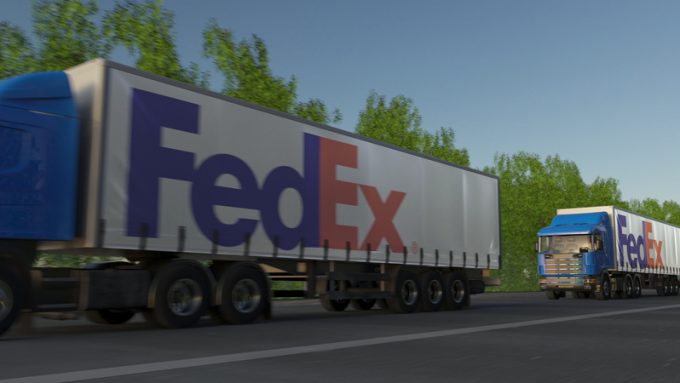One heart, one soul... 'One FedEx' corporate structure revealed
Bring the LTL spin-off now…

Capacity problems have become a fact of life for shippers, but few had as little time to deal with a shortfall as those companies that were informed by FedEx Freight on Friday, 11 June that the LTL firm would stop picking up their shipments the ...
MSC switches two more Asia-Europe port calls from congested Antwerp
Canada and Mexico get cosy with trade plan to bypass US
Front-loading frenzy has made traditional H2 peak season 'unlikely'
Tradelanes: Export boom in Indian sub-continent triggers rise in airfreight rates
Carriers introduce surcharges as congestion builds at African ports
Mexican airport modernisation plan unlikely to boost cargo facilities
Tradelanes: Overcapacity on Asia-S America impacting alliances and rates
Ports and supply chain operators weigh in on funding for CPB

Comment on this article